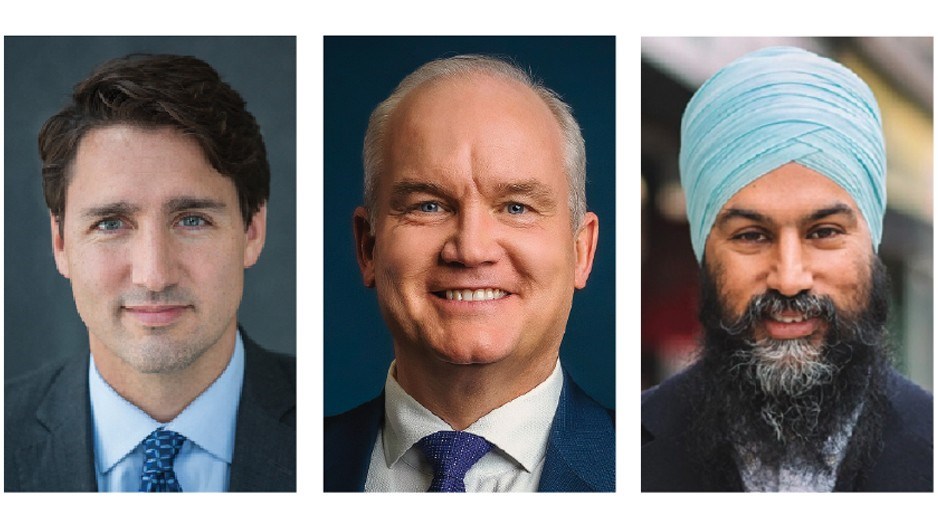Judging by the pronouncements that we were able to listen to on election night, the main protagonists of this contest are not planning to go anywhere. Just what they are able to achieve remains to be seen.
An “exit poll” of Canadian voters conducted by Research Co. and Glacier Media provides a chance to look at the way the parties connected and how the public perceived their campaigns.
New Democratic Party (NDP) leader Jagmeet Singh consistently had a higher approval rating than his counterparts over the past six weeks. In our survey, more than half of Canadian voters (54%) commend the NDP for running a positive campaign. However, the party was unable to turn the likability of its leader into a significantly larger number of votes or seats than what was garnered in 2019.
Canadian voters are decidedly split on how the two main federal parties chose to discuss the issues with voters. Practically the same proportion of respondents think the campaigns of the Liberal Party of Canada and the Conservative Party of Canada were positive (44% and 43%, respectively) or negative (46% and 45%, respectively).
As expected, Canadians outside of Quebec are not thrilled with the Bloc Québécois, but 42% of voters in the province think the party ran a positive campaign, compared with 39% who deemed it negative.
The Green Party’s campaign, hindered by a leader who travelled little, is regarded as positive by 31% of Canadians and 35% of British Columbians.
Almost half of Canadian voters (46%) think the People’s Party of Canada, which started the contest at 1% to finish at 5% at the national level, ran a negative campaign. This includes 51% of Canadian voters aged 55 and over, but only 33% of those aged 18 to 34. This party undoubtedly attracted disenchanted new voters, many of them young and dissatisfied with COVID-19 measures. Still, there is a clear misunderstanding of politics among this group: 97% of People’s Party voters rate their campaign as positive. Supporters of other parties do not come this close to sipping their own bathwater.
Across the country, almost half of voters in this year’s federal election (48%) say they had made up their mind about which party to back before the campaign began – a proportion that reaches 52% among Conservatives and 51% among Liberals.
Just under one in four Canadian voters (23%) selected a candidate in the final two weeks of the campaign.
While we did not experience a call for “strategic voting” as loud as the one that reverberated in 2015, almost half of Canadian voters (49%) admit to supporting the candidate in their riding who had the best chance of defeating a party they dislike, even if the candidate they voted for was not their first preference.
The country is not particularly ready to be united behind the previous, and current, prime minister. The prospect of a minority government led by the Liberal party makes 42% of Canadian voters happy, while 48% are upset. As expected, the regions where the Liberals performed well are more welcoming of the status quo: 49% in Atlantic Canada, 47% in Ontario, 44% in Quebec and 43% in B.C.
Some may wonder if the time has arrived for an ambitious coalition instead of a minority government that deals with issues case by case and could fall at any moment. The notion of a formal agreement between the Liberals and the New Democrats shifts the numbers slightly, with 44% of Canadian voters expressing happiness at this prospect.
Adding the Greens to the mix and establishing a three-party arrangement is a different story. The idea would make only 38% of Canadian voters happy. This is not a case of more hands on deck making life in the House of Commons merrier. •
Mario Canseco is president of Research Co.
Results are based on an online study conducted from September 18 to September 21 among 1,900 adults in Canada who voted in the 2021 federal election. The margin of error, which measures sample variability, is plus or minus 2.3 percentage points, 19 times out of 20.




